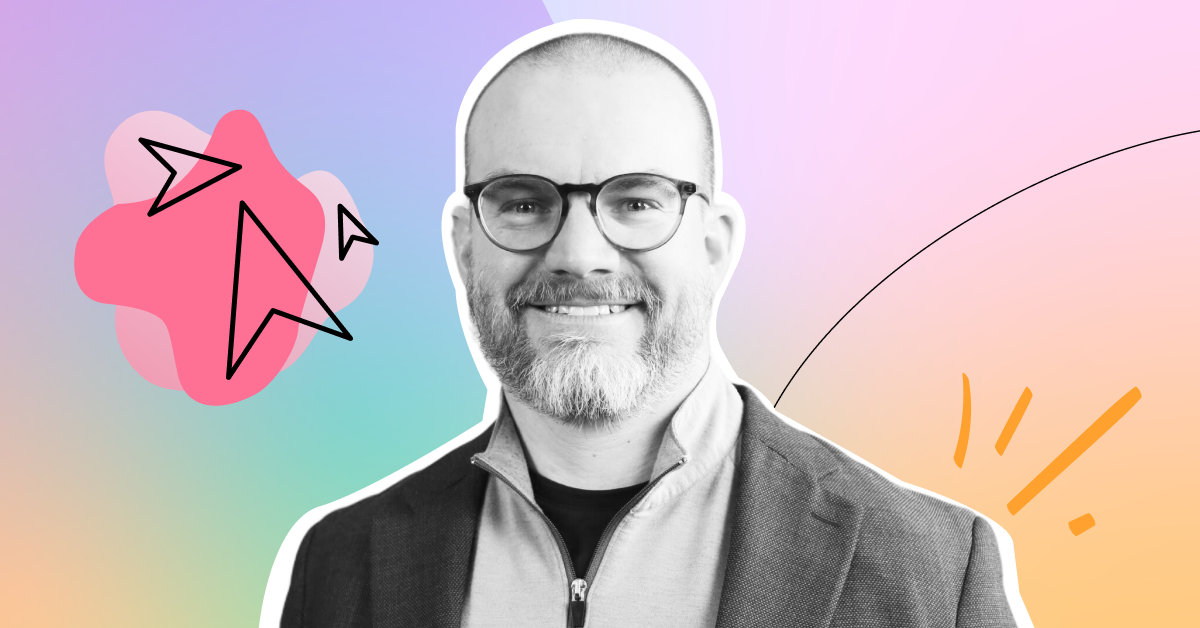Though product management has existed in some form for over two decades, the field has experienced rapid growth in recent years. Between 2017 and 2019, the number of Product Management roles in the US increased by a staggering 32%—and they’re in high demand.
Why this astounding growth? It’s largely due to the lightning-fast rise of digital—ecommerce, SaaS, online services, and more. And with more digital interactions come more digital interaction problems, which is where product managers come into play.
As you likely know, product management is a highly dynamic role, which is often described as the intersection of business, technology, and user experience—a tricky balance of skills to encompass in the interview process, especially in relation to product philosophy, team and role fit, and functional know-how.
If you’re in the process of interviewing and hiring PMs at your organization, these nine questions will help you determine which candidate is the best fit for your team.
Are you a PM looking for your next move? Fullstory’s Head of Product Management Evan Michner has a two-part framework for product management career development in this blog post.
9 compelling PM interview questions and what they reveal about the candidate
Product philosophy questions
Question 1. What’s a product you think is well-designed? What would you do to improve it?
How does the candidate think about what makes a product useful and delightful? This question is always a great conversation starter or “ice breaker,” since PMs are innately curious.
Question 2: What’s a time you’ve seen a product roadmap executed well and/or poorly?
Every PM has experience with varying types of product roadmaps. How does the candidate apply lessons learned to a new environment, vertical, or offering? How do their methods align with the current roadmap practices and expectations at your organization?
Related follow-up question: How do you communicate with internal stakeholders about the product roadmap?
Question 3: How would you spend your first month on the job here?
Prioritization is a key skill for PMs, and this question can lead to a great conversation about balancing engagement with users, understanding the business, and getting up to speed on the technical architecture of the product.
Functional know-how questions
Question 4: What’s a project you’ve led from start to finish?
Asking a candidate this question can help you evaluate their experience leading an initiative, understand how they measure success, and get a sense of their communication and storytelling skills.
Related follow-up questions: Who were the stakeholders in the project and how did you collaborate with them? How did you determine if the project was successful or not? What’s something you learned from it?
Question 5: What technique(s) do you use to prioritize?
Let’s look at this question through the lens of Fullstory’s three watchwords: Empathy, clarity, and bionics. A PM’s job is to synthesize insights (often by using empathy), build a strategy that connects to business objectives, and prioritize outcomes based on impact and feasibility (with clarity in mind). A product manager should have a go-to framework handy (bionics in action)—and know when to lean on art over science.
Question 6: How do you balance quantitative and qualitative data as you make decisions?
For PMs, both quantitative and qualitative data are critical for making smart digital experience decisions—and this question can reveal how a candidate approaches decision-making. How do they view the intersection of quantitative and qualitative data? Do they prioritize one over the other?
Related follow-up question: What have you done in times when you didn’t have all the data you needed?
Question 7: What’s the most fascinating or surprising thing that you’ve learned from conducting customer research?
This can act as a fun bonus question that gives the candidate a chance to demonstrate their curiosity. Understanding the user experience is a key part of the Product Manager role, and it’s likely that your candidate has a great anecdote to share.
Team and role fit questions
Question 8: What makes a great team?
Product Management is an inherently collaborative craft, and great PMs understand how to build trust with engineering, design, and marketing partners to bring everyone’s efforts to life.
Related follow-up questions: Have you ever been part of a team that didn’t quite mesh? How did you respond?
Question 9: What’s the most energizing aspect of Product Management to you?
This question can be a great temperature check on whether the stage of your product and organization is a good fit for the candidate’s goals. Their response can also give you insight into the candidate’s self-awareness and the areas where they spike.
Discover trends, uncover bugs, and plan product roadmaps based on trusted digital experience intelligence data.
P.S. If you’re interviewing to be a product manager at Fullstory, don’t get too excited at having found this—it’s only a tiny peek behind the curtain. That said, thanks so much for your interest! We look forward to talking with you soon.



